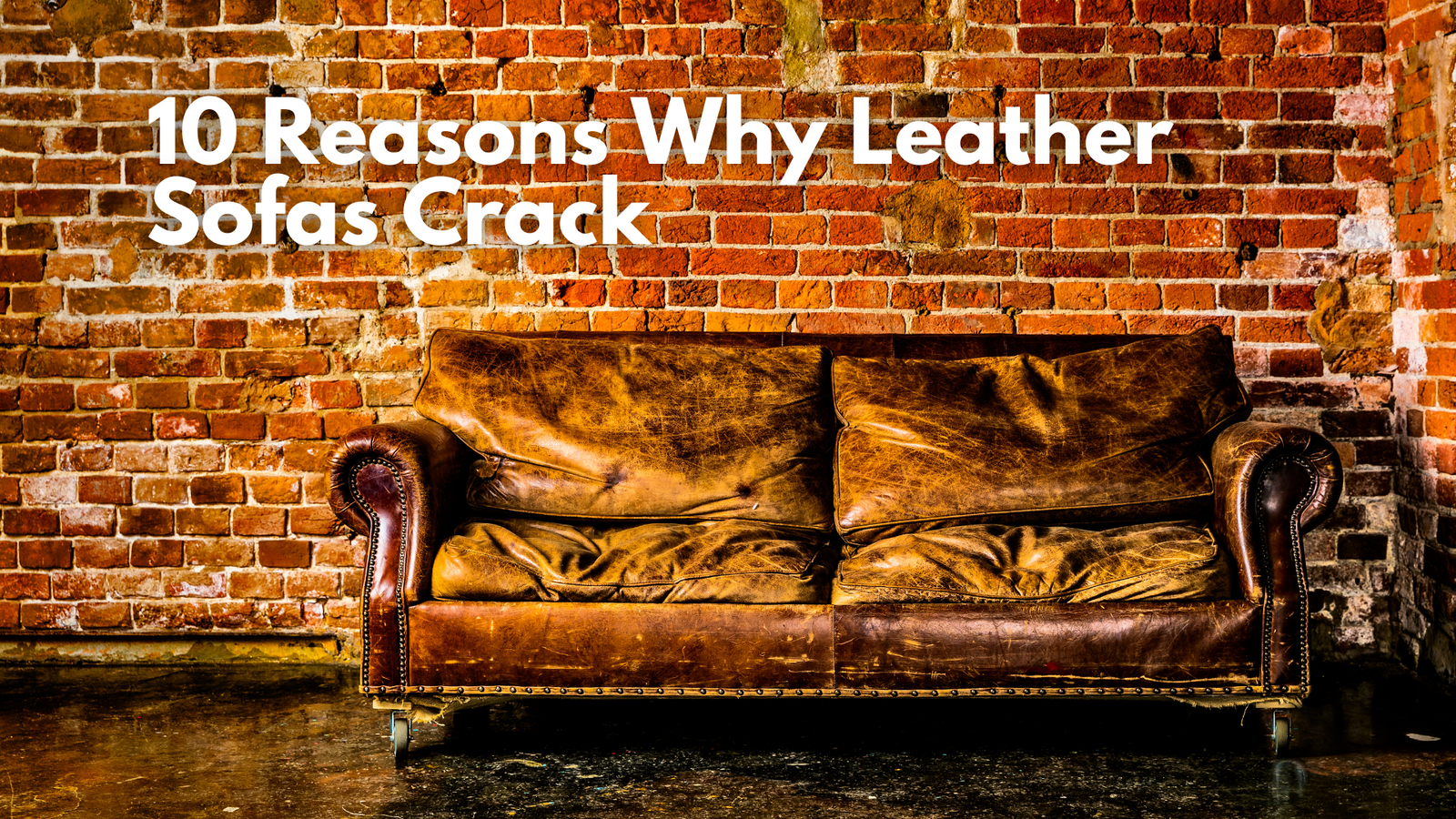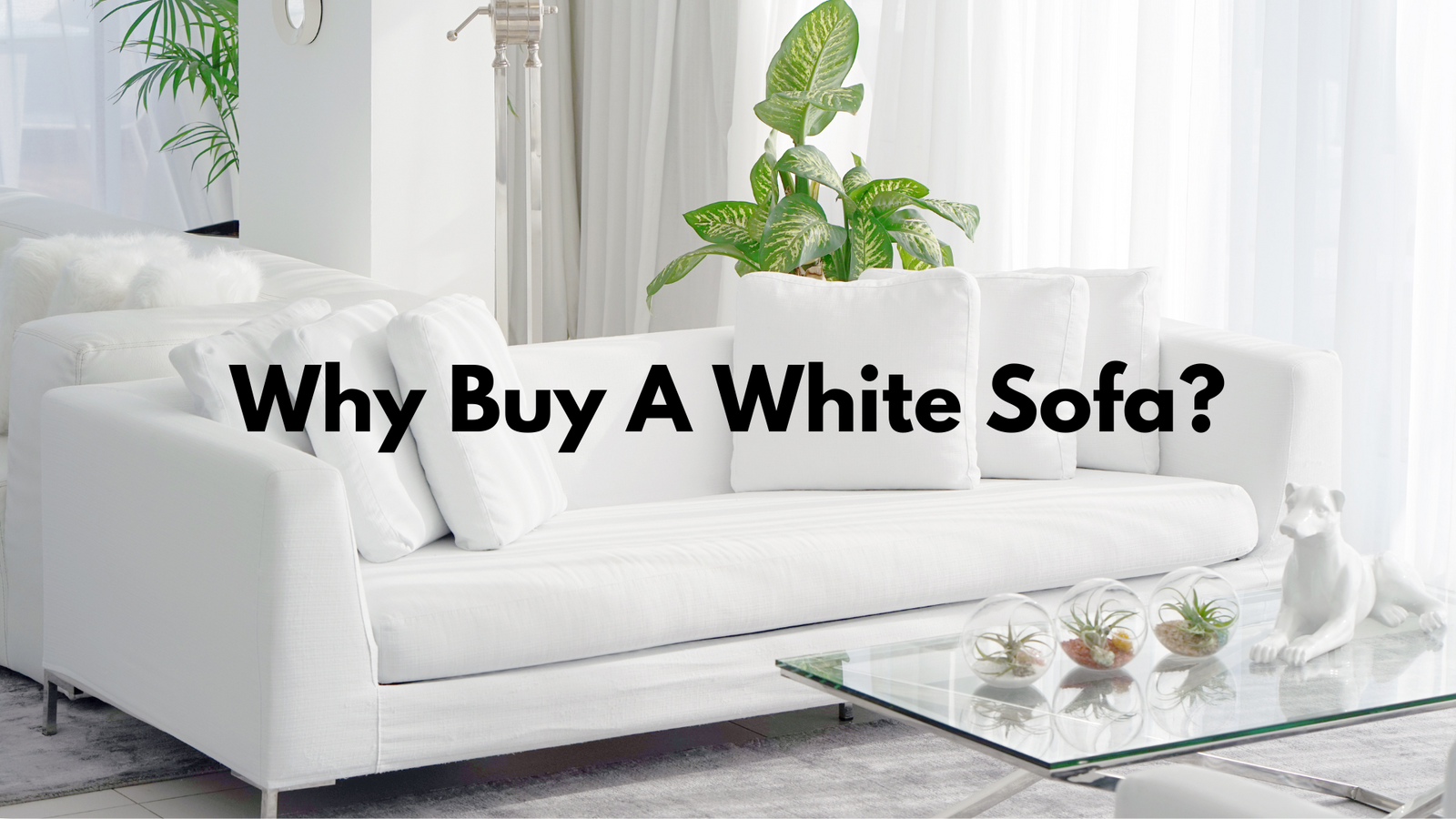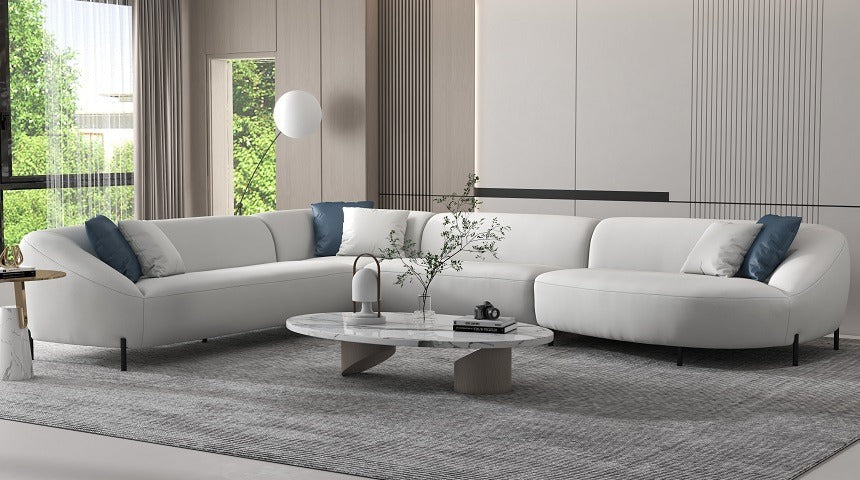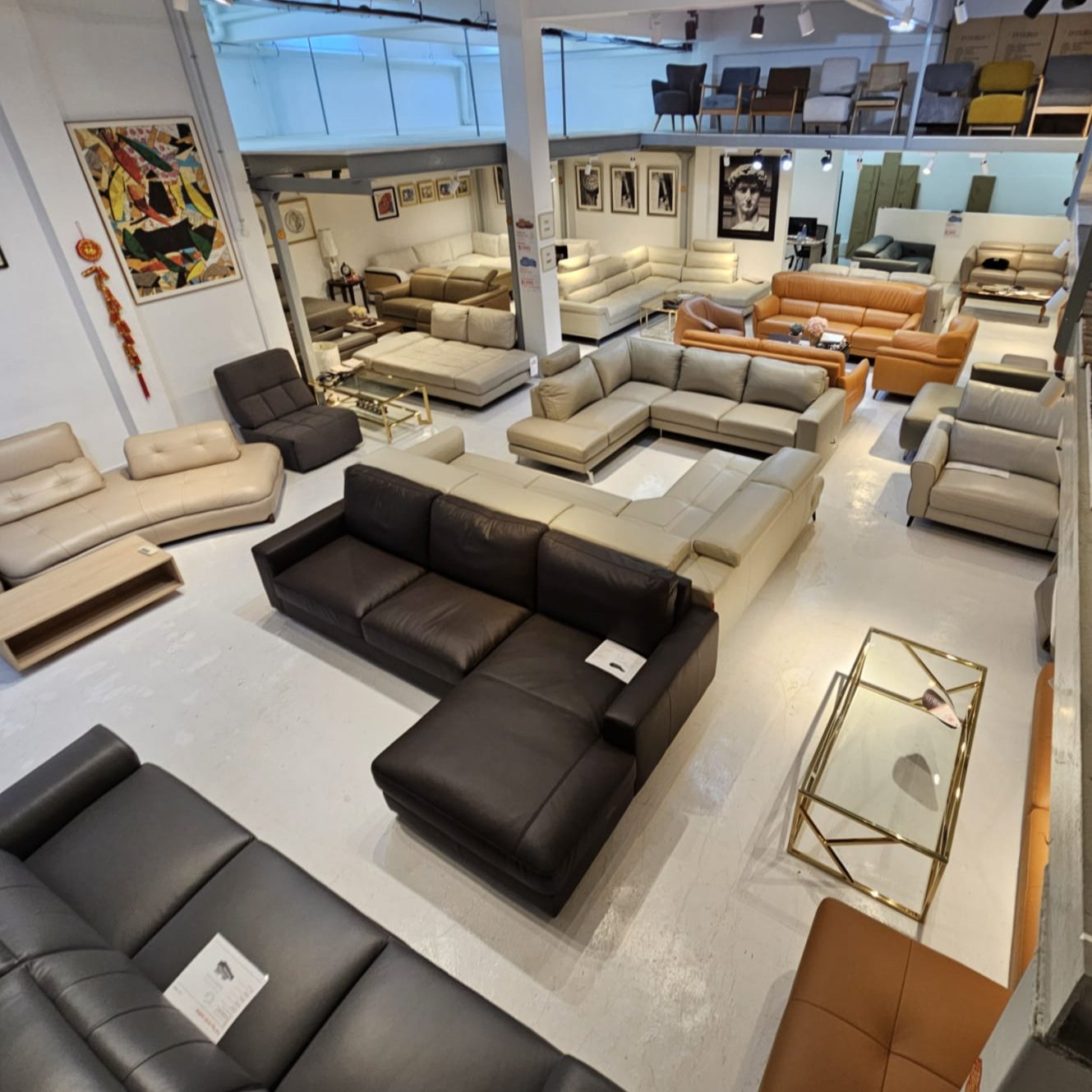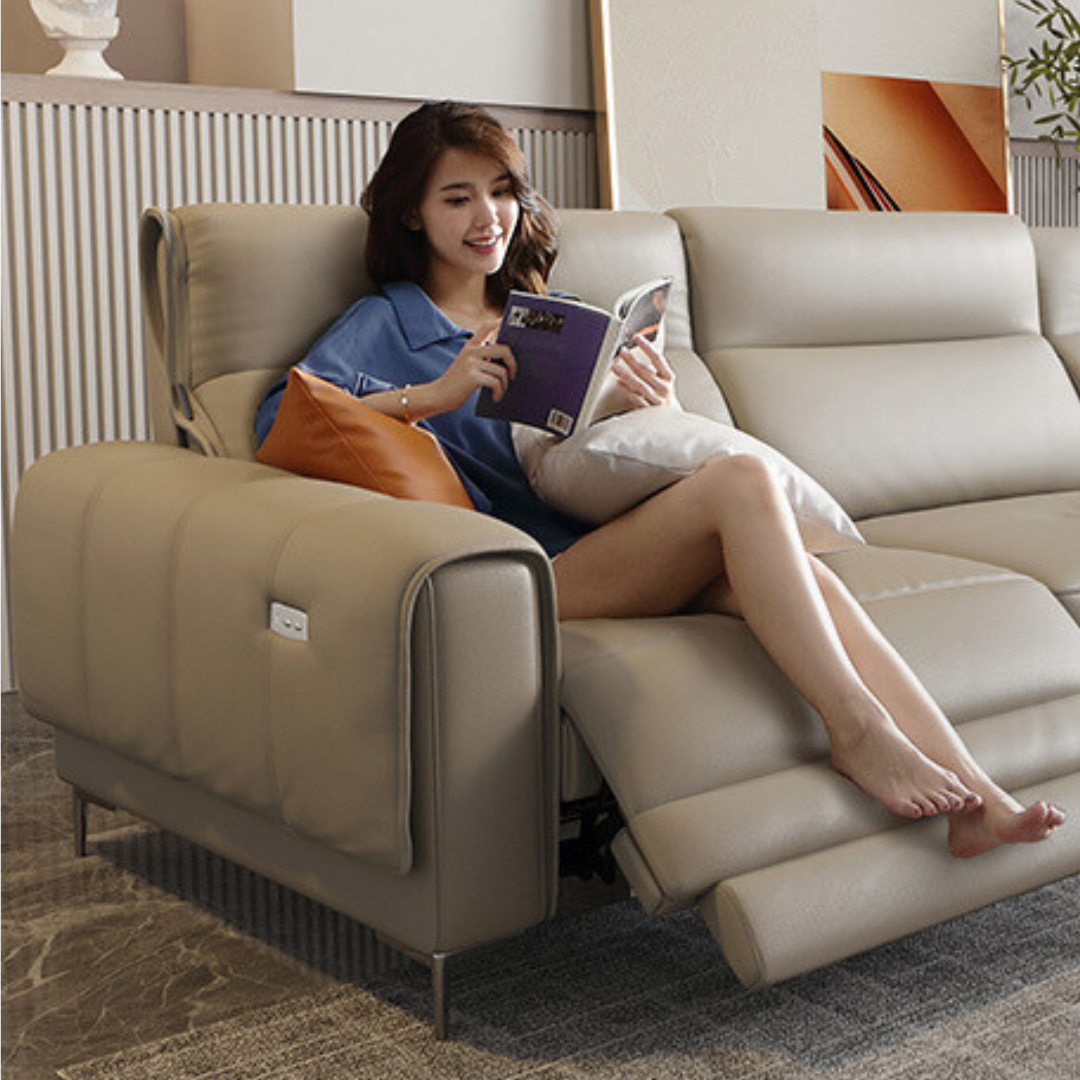Leather sofas are known for their sophistication, comfort, and longevity. However, over time, cracking may occur, leading to an unattractive appearance and reduced lifespan. Understanding why leather sofas crack can help you prevent this common issue. Here are 10 reasons why leather sofas crack:
#1. The Leather Isn’t Genuine
One of the main reasons sofas crack is that they’re made from materials other than genuine leather. Imitation leather, such as PU or bonded leather, often lacks the natural elasticity and resilience of real leather. These synthetic materials can become brittle with use, leading to cracking. For example, PU leather contains plastics that tend to dry out and crack under stress.
#2. Lack of Proper Moisturization
Leather needs regular conditioning to maintain its softness and flexibility. When you don’t apply leather conditioners or creams, the material can dry out, losing its natural oils. This dryness leads to cracking, especially in high-use areas like seat cushions and armrests.
#3. Sunlight Exposure
UV rays from sunlight can cause leather to dry out and lose its elasticity. Over time, constant exposure to sunlight makes the leather brittle and prone to cracking. It’s essential to position leather sofas away from direct sunlight or use UV-blocking window treatments to protect the leather.
#4. Incorrect Cleaning Products
Using cleaning products that are not designed for leather can strip away the natural oils and damage the protective coating. Harsh chemicals or detergents can break down the surface of the leather, causing it to dry out and eventually crack.
#5. Low-Quality Leather
Not all leather is created equal. Sofas made from low-quality leather are more prone to cracking. Inexpensive leathers may not have been tanned properly, resulting in a surface that’s less resilient and more likely to crack as it ages.
#6. Excessive Heat
Exposing leather sofas to high heat, such as placing them near fireplaces or heating vents, can dry out the material. When leather loses its moisture due to heat, it becomes stiff and is more likely to crack. Maintaining a moderate temperature in the room can help preserve the integrity of the leather.
#7. Poor Humidity Control
Leather is sensitive to humidity changes. Low humidity levels can dry out leather, while excessive moisture can lead to mold growth and damage the material. Prolonged exposure to dry air causes leather to shrink and crack. Maintaining a balanced humidity level helps protect the leather from cracking.
#8. Wear and Tear
Daily use, especially in high-traffic areas, can cause leather to crack over time. The repeated stretching and compression of the material can weaken its fibers, leading to cracks in the most frequently used spots, like seats and armrests.
#9. Age of the Leather
As leather ages, it naturally loses some of its original suppleness and flexibility. Without proper care, this aging process can result in cracks. Older leather, if not treated with care and moisturizing products, becomes brittle and more prone to cracking.
#10. Improper Leather Treatments
Using the wrong leather treatments or neglecting to condition your sofa can lead to cracking. Not all conditioners or treatments work well with every type of leather. Some products may actually accelerate the drying process, causing cracks to form faster than they would with no treatment at all.
Conclusion
Cracking in leather sofas is a preventable issue if the right care is taken. Genuine leather, when properly treated with conditioners and protected from environmental factors like sunlight and heat, can last for years without cracking. Investing in high-quality leather and maintaining regular care routines will keep your leather sofa looking beautiful and crack-free for many years to come.
Recommended Links
- Shop all KUKA leather sofas.
- Recliner Collection.
- Caring for PU, PVC, and faux leather sofas and furniture.
- Semi-Aniline Leather vs. Full-Aniline Leather: Understanding the Difference.
- Leather Sofas - Top 10 Frequently Asked Questions (Singapore).
- Shop solid wood sofas.
- Follow our facebook page for the latest deals.

